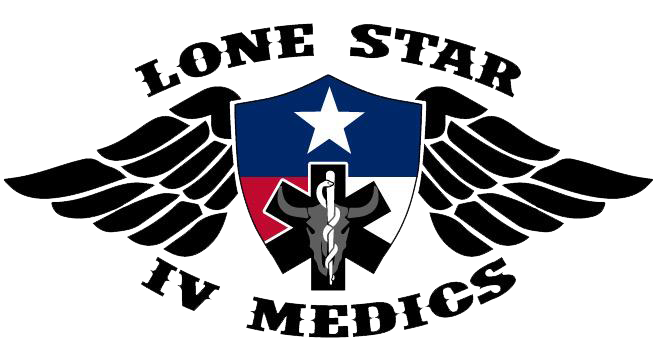
To tighten oversight and minimize overpayments to Medicare Advantage plans, the Centers for Medicare & Medicaid Services (CMS) introduced a new rule in 2023 that revamped the agency’s approach to risk adjustment data validation (RADV). The process involves scrutinizing claims data from a sample of plans against patients’ medical records to ensure alignment.
Incorrectly reported data or unsupported diagnoses may result in failed audits, repayment requests from CMS and potential legal consequences. Yet missed diagnoses also could lead to inaccurate member risk scores and an adverse impact on plan reimbursements. Medicare Advantage plans can meet the challenges created by the new RADV approach by using generative AI and natural language processing (NLP) tools. Working in tandem, these tools can improve coding accuracy and uncover diagnostic information in unstructured data. Using AI tools, Medicare Advantage plans can create audit-ready operations and help ensure positive outcomes from risk adjustment validation.
Applying AI tools to risk adjustment
The traditional risk adjustment process involves manual review and coding of documents, opening the door to errors, inconsistencies and missed opportunities. Generative AI, NLP and other AI tools can automate and streamline data collection, aggregation and analysis at each step of the risk adjustment process, as outlined below:
- Automated identification and extraction Gen AI streamlines this process, extracting the most relevant features, such as demographic information, medical history and diagnosis codes, from large data pools.
- Enhancing data quality Retrieval-augmented generation (RAG) enhances the efficiency and accuracy of generative AI models. Integrating RAG with healthcare data sources such as HL7, ICD, CPT, claims data, member demographics and more ensures data integrity and compatibility. RAG helps detect errors, inconsistencies and outliers in the data through built-in validation checks. It can even suggest corrective actions or automate cleaning procedures to improve data quality. For example, risk adjustment data analytics inputs generated by combining claims, encounters, MMR, MAO, lab and pharmacy claims help enhance accuracy and eliminate duplicates during encounter submissions.
- Improving accuracy AI tools can identify and flag potential coding errors or inconsistencies based on CMS coding guidelines. Generative AI also can suggest the most appropriate diagnosis and procedural codes for each member based on their clinical history, demographic data and other relevant factors. These capabilities augment coders’ own expertise to ensure comprehensive and precise code assignment, which helps prevent incorrect risk scores. Plans also can share error findings with providers and coders to improve future coding accuracy.
- Query prioritization Instead of the traditional random selection approach, a generative AI tool can analyze incoming queries from medical coders and reviewers and prioritize those with higher likelihoods of validity. This enhances smart auditing by coders and auditors and streamlines the review process by focusing attention on critical issues.
- Automated responses Generative AI can analyze clinical documentation and identify potential gaps, ambiguities or inconsistencies in the information. It can then automatically generate requests for clarification from healthcare providers. This process helps proactively address coding uncertainties, ensuring that final codes accurately reflect the patient’s health status.
- Risk adjustment model development NLP tools can find patterns and relationships within provider notes and medical records. These insights enable health plans to identify significant risk factors and develop more accurate predictive models based on historic, clinical and administrative data for the managed population. Plans can use the same insights in digital engagement and surveys with members to get a better view of members’ health conditions and to offer providers suggestions about how to uncover hidden conditions during patient assessments.
- Dynamic risk assessment AI analyzes data in real time, allowing for dynamic adjustments to risk scores based on evolving health conditions. This flexibility enhances the timeliness and accuracy of risk adjustment.
- Reimbursement optimization Plans can simulate different payment scenarios with AI to fine-tune model parameters and algorithms to enhance risk prediction accuracy, leading to more precise capitation payments and resource allocation. For example, generative AI can identify codes across documents, especially where HCC codes could be a combination of multiple diagnoses, such as reporting diabetes with neuropathy vs reporting diabetes only. The RAF is significantly different for the two codes.
- Compliance and audit support Health plans leverage AI to conduct risk score audits that transcend typical RADV audits by comparing documented medical conditions in members’ medical records with those reflected in claims and encounter data. This analysis reduces coding discrepancies and aids in calculating financial impact. It also enables automatic generation of comprehensive financial reports and predicted receivables with an “always-audit-ready system”.
Medicare Advantage plans that integrate AI tools into coding and audit workflows health plans can build greater accuracy, efficiency and compliance into their day-to-day operations. They also will be better positioned to undergo a risk adjustment audit with confidence in the quality of their data. Most important of all, they’ll have continued streams of insights into their members’ health, the better to achieve high quality outcomes.
Photo: Witthaya Prasongsin, Getty Images
Deepan Vashi, EVP & Head of Solutions for Health Plans and Healthcare Services, is an executive vice president and global leader at Firstsource with over 27 years of experience in health plan IT, business operations, and consulting. He is renowned for his expertise in developing member-centered digital solutions and building cross-functional teams to ensure successful implementation. In his role at Firstsource, he spearheads solutions and strategy for health plans, including Intelligent Back Office, Health Tech Services, and Platform-based Solutions (BPaaS). Deepan has extensive knowledge of innovative technologies such as Process Mining, Digital Twin, AI, and Blockchain.
This post appears through the MedCity Influencers program. Anyone can publish their perspective on business and innovation in healthcare on MedCity News through MedCity Influencers. Click here to find out how.











